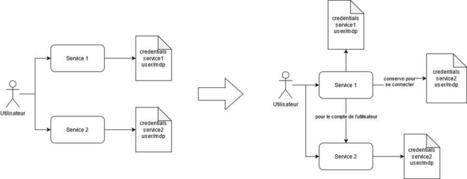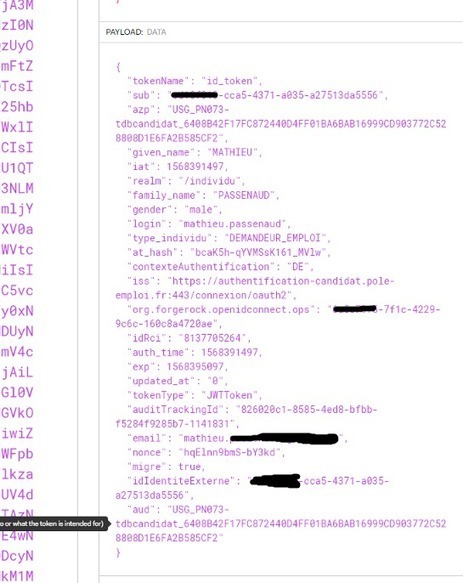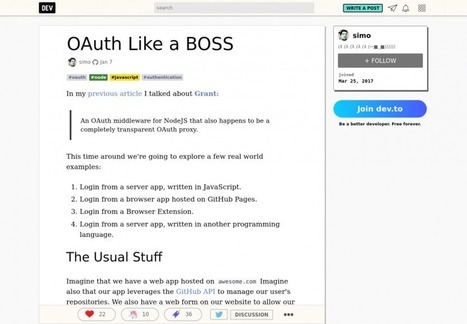In this tutorial, you will learn how to build JAMSTACK apps with a feature to upload images. You will use Cloudinary to power the upload functionality and Auth0 for authentication. This can come in handy when building photo albums, e-commerce applications, and business websites.
For a brief introduction to Vue.js, you can check out this article, Getting Started with Vue JS: The Progressive JavaScript Framework.
Prerequisites
-
Basic familiarity with JavaScript, and ES6 and Vue.js).
-
A text editor. E.g. Sublime Text, Visual Studio Code, Atom, etc.
-
A Cloudinary account. You can sign up for a Cloudinary account for free.
-
An Auth0 account. You may create a free Auth0 account here.



 Your new post is loading...
Your new post is loading...















